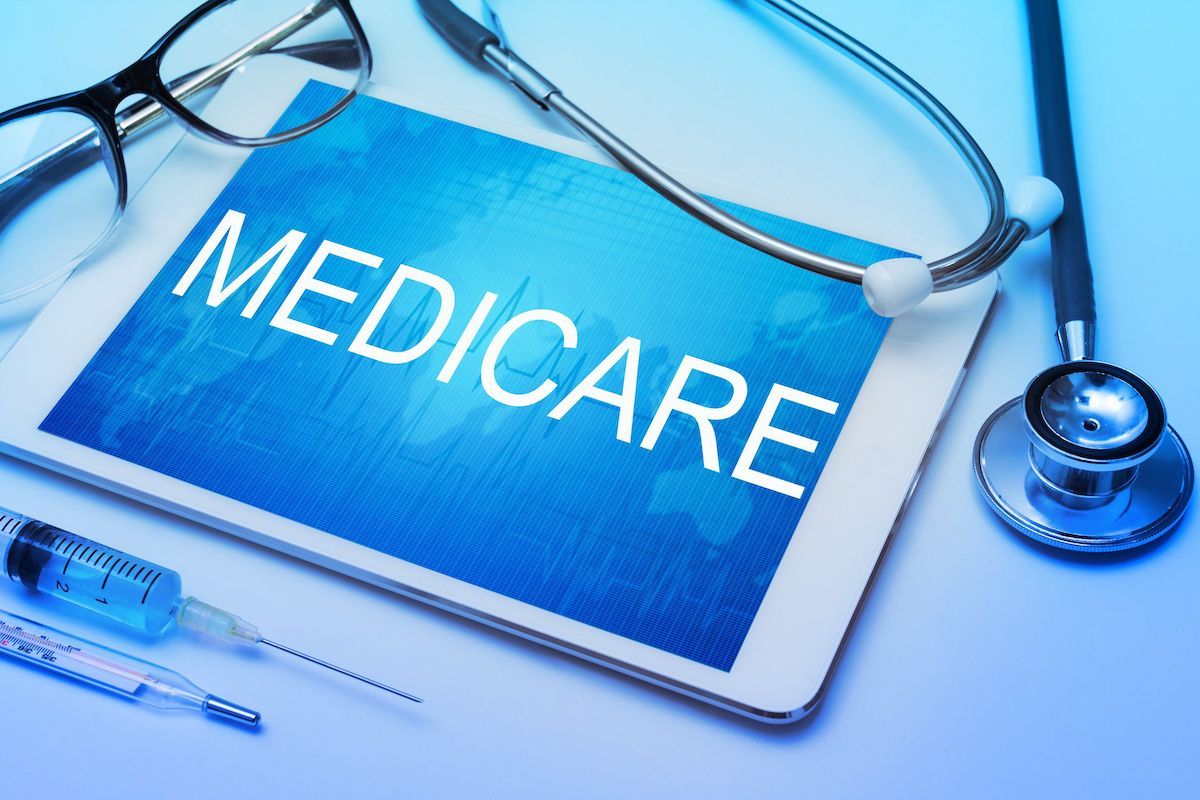Article
Medication Management Devices Increase Patient Adherence, Reduce Costs and Improve Quality
Author(s):
By using medication management tools and strategies, providers can improve adherence, reduce healthcare costs, and improve care quality.

Particularly common among elderly Americans, medication non-adherence costs our nation’s healthcare system from $100 billion to $290 billion each year, according to studies reviewed in the Annals of Internal Medicine (AIM). Other research cited by the publication shows that 20% to 30% of prescribed medications are left unfilled by patients, while roughly 50% of medications for chronic diseases aren’t used by patients as prescribed.
That latter percentage is astounding given the debilitating and costly effects of chronic diseases on older Americans, many of whom have multiple chronic conditions such as heart disease, diabetes, and COPD. Other studies reviewed by AIM estimate medication non-adherence causes approximately 125,000 deaths annually in the U.S. A study published in 2017 concluded that previously hospitalized patients with low and intermediate adherence (combined) had a 30-day readmission rate of 20%, more than twice the 9.3% readmission rate for patients with high adherence.
The reasons why elderly Americans so frequently fail to take medications as prescribed are many. They include the forgetfulness that typically comes with aging, fear of potentially harmful side effects, the high cost of their prescriptions, confusion about whether or when they took their pills, and mistrust of their clinicians or caregivers.
Whatever the reasons behind medication non-adherence, there are strategies and tools available for patients, providers, caregivers, and health plans to ensure that patients take their prescribed medications as directed by their clinicians. Successfully implemented, these tools and strategies will not only increase medication adherence, they’ll also lower overall healthcare costs by reducing unnecessary doctor appointments, visits to the emergency department and hospital admissions. And by allowing clinicians and resources to focus on fewer patients, these strategies and tools can lead to improved quality of care.
Strategies and technology tools
Effective medication management strategies include reducing out-of-pocket expenses to make it easier for patients to purchase their prescribed medications, case management, and patient education with behavioral support. The AIM review found that all three strategies improved medication adherence among patients with more than one chronic disease.
Medication management apps combined with tamper-proof automated pill dispensers help elderly Americans take the correct dosages of prescribed medications when they’re supposed to take them. Some apps remind patients to refill prescriptions at the appropriate time and even allow users to place orders with their pharmacy. According to Today’s Geriatric Medicine, “medication management technology increases adherence an estimated 40%, potentially saving 50,000 lives and $120 billion each year.”
Telemedicine is another tool that can keep elderly patients on their prescribed medication schedules. Remote patient monitoring enables clinicians to collect patient vitals daily. This information can be aggregated with data from the patient’s electronic health record (EHR) to provide insights into whether a patient is taking their prescribed medications. For example, if a patient’s daily vitals show blood pressure or glucose levels trending higher, clinicians can use this data to intervene and get the patient back on track before their non-adherence results in an unnecessary use of costly healthcare resources.
In addition to helping prevent unnecessary emergency department visits and hospitalizations, clinicians can assess and intervene remotely, which is a more efficient use of time. Providers instead can reserve clinician resources for more severe utilizations of care.
Then there’s the all-important matter of reimbursements, many of which are tied to quality measures under value-based care agreements. Taking medications as prescribed has a huge impact from a quality measurement perspective.
Most importantly, effective medication management results in higher quality of care because care resources can be better managed and allocated. The health care system becomes more efficient, patients stay healthier, and overall health care costs are reduced as unnecessary utilization of care is minimized.
Health care traditionally has been an industry slow to adopt new technologies. But the pandemic forced providers to rethink their business models in the face of dramatic and abrupt change. Fortunately, most hospitals and health systems quickly learned to use technology to supplement their clinical staffs. By using medication management tools and strategies, providers can improve adherence, reduce healthcare costs, and improve care quality.
Kennedy is chief health informatics officer for Connect America, a leading provider of connected health solutions for improving access to care, safety, independence and quality of life.





